Street talk: Awol Erizku fills a conceptual gallery with work inspired by LA turf
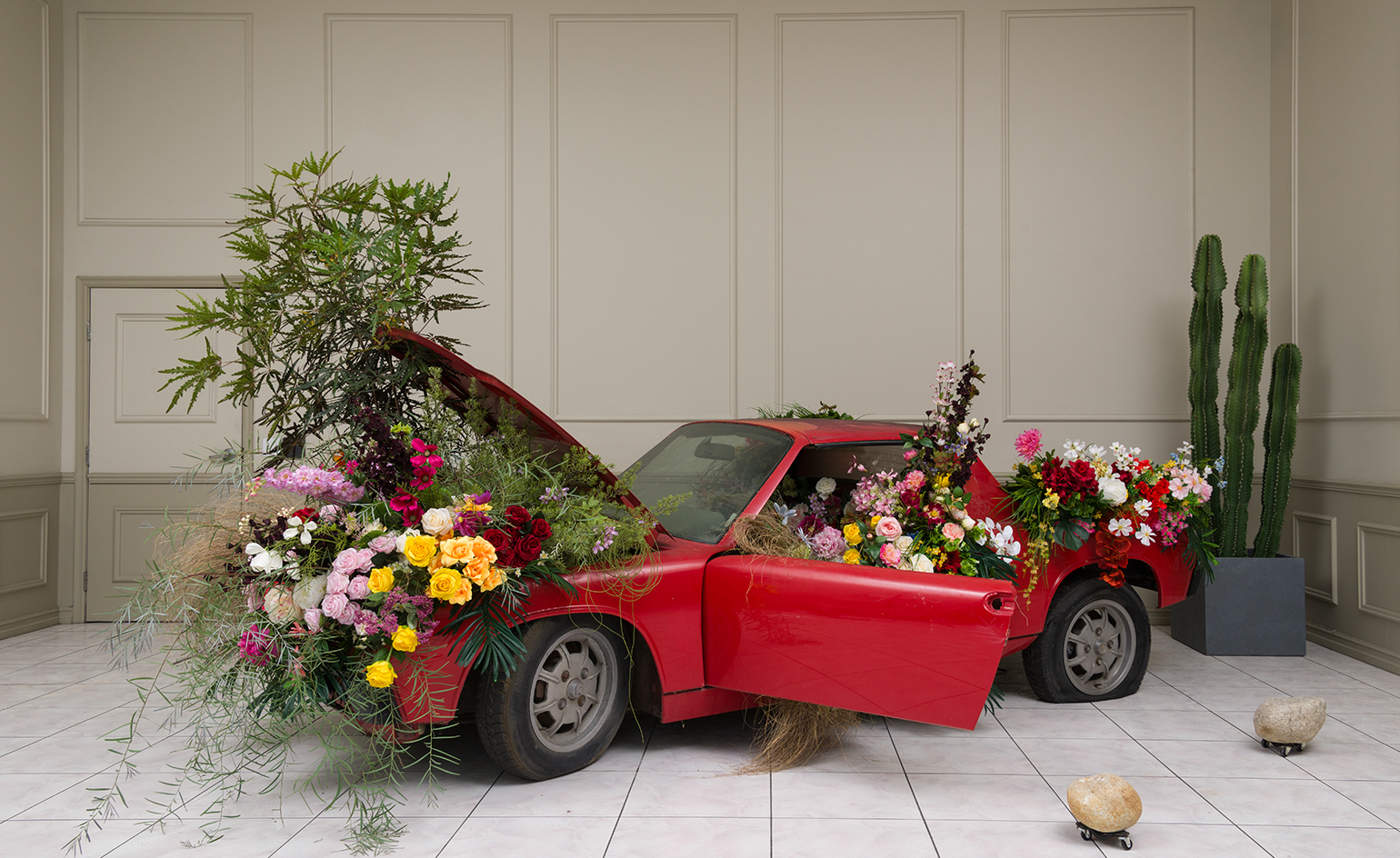
If there’s one thing LA has plenty of, it’s detox clinics. But you won’t find conventional therapies at The Duchamp Detox Clinic, where the cleansing is more esoterically observed.
The brainchild of 27-year-old artist Awol Erizku, The Duchamp Detox Clinic is a roving ‘conceptual gallery’ – a transient space showcasing the work of artists who aren’t already represented and whose interests are in ready mades that repurpose objects with new ideas. The Clinic’s first brick-and-mortar exhibit opened last week at the Everest Trading Corporation – a backpack and luggage warehouse in downtown LA’s Arts District – in partnership with Night Gallery.
Ethiopian-born Erizku, who grew up in the Bronx and graduated from Yale’s MFA programme in 2014, relocated his studio to LA a year ago. In 2015, he premiered his film Serendipity at MoMA, New York. At the end of last year, his 2013 photographs of sex workers in Addis Ababa, where the artist was born, showed at Flag Foundation.
Those previous public presentations seem to have little to do, either in medium or charge, with what you get at The Duchamp Detox Clinic, which is inaugurated with an Erizku solo show entitled 'Bad II The Bone'. Yet they share a common aesthetic of popping colours combined with assertively formal compositions. 'Bad II The Bone' is a conceptual journey crystallising the 360-degree experience of travelling through the sprawling neighbourhoods of the City of Angels.
Though the work on display includes both sculptures and paintings, this approach is manifested in a Porsche 914, salvaged from the desert and transformed into a giant planter, titled Ask the dust – an allusion to the contradictions of car fanaticism and clean living in the city. Simultaneously, large paintings with vigorous lashes of house and spray paint on plywood backboards, have a texture reminiscent of buffing, the process of painting over graffiti. In other pieces, too, the salient materials recall neighborhoods of the city: the plastic veneer used in pieces such as Skip, hop, trip, drop, flip, flop with the white tube sock, 2015, are a distinct reminder of the tents that line nearby Skid Row, while the numbers in Say It Here, While It's Safe, 2015, are in fact gang turf markings.
The markers and structures that delineate and divide up urban neighborhoods and built environments have always interested Erizku. Growing up in a housing complex in the Bronx, overlooking a basketball court where gangs would gather, the social and political implications of architecture became a natural fascination. While these works might reference such themes more obliquely, the titles – such as Black Americans Killed by Police in 2014 Outnumbered Those Who Died on 9/11, 2015 – highlight the artist’s political objectives in no uncertain terms.
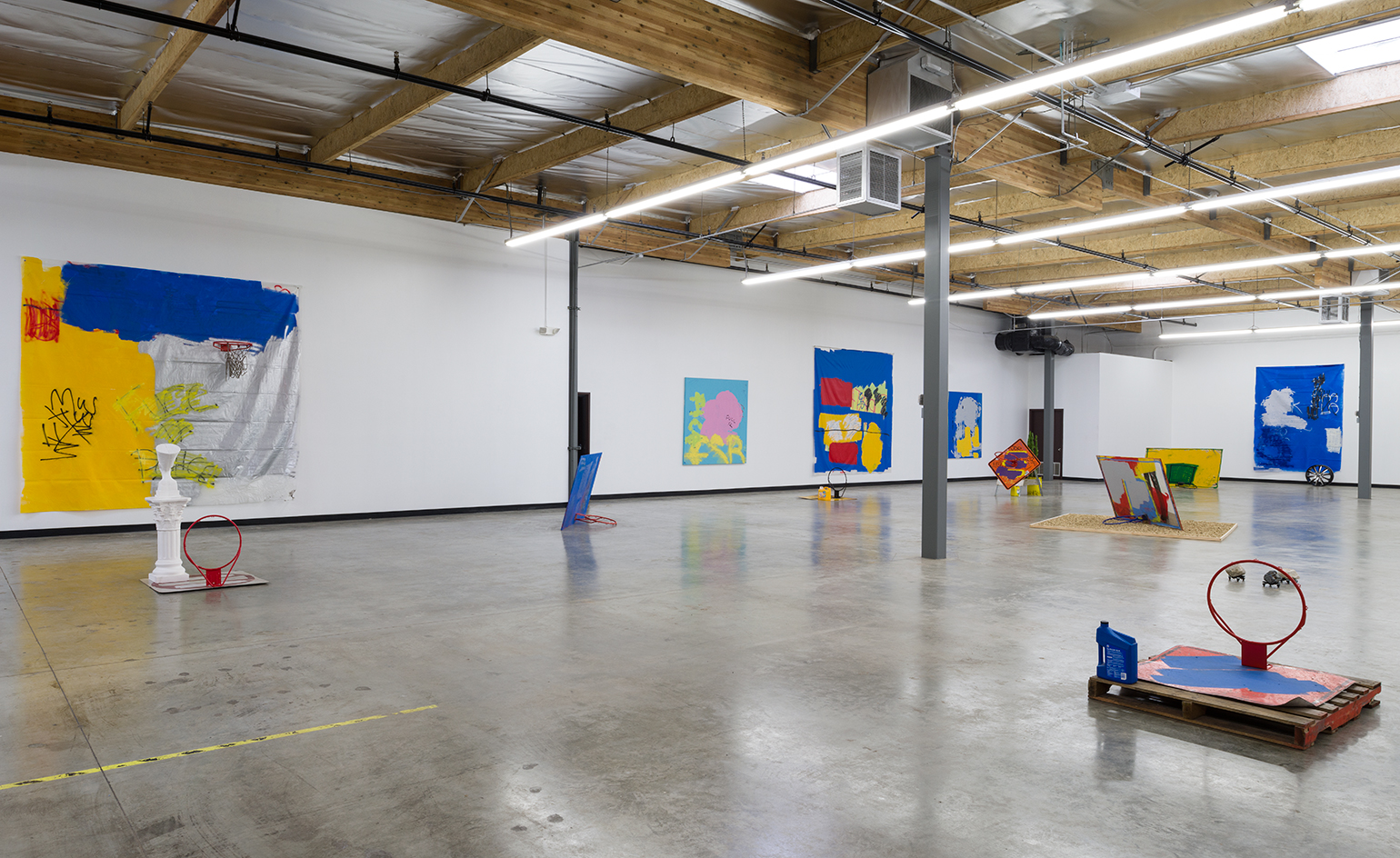
The space opens with an inaugural Erizku solo show, ’Bad II The Bone’ – a conceptual, 360-degree experience of travelling through the sprawling neighbourhoods of the City of Angels
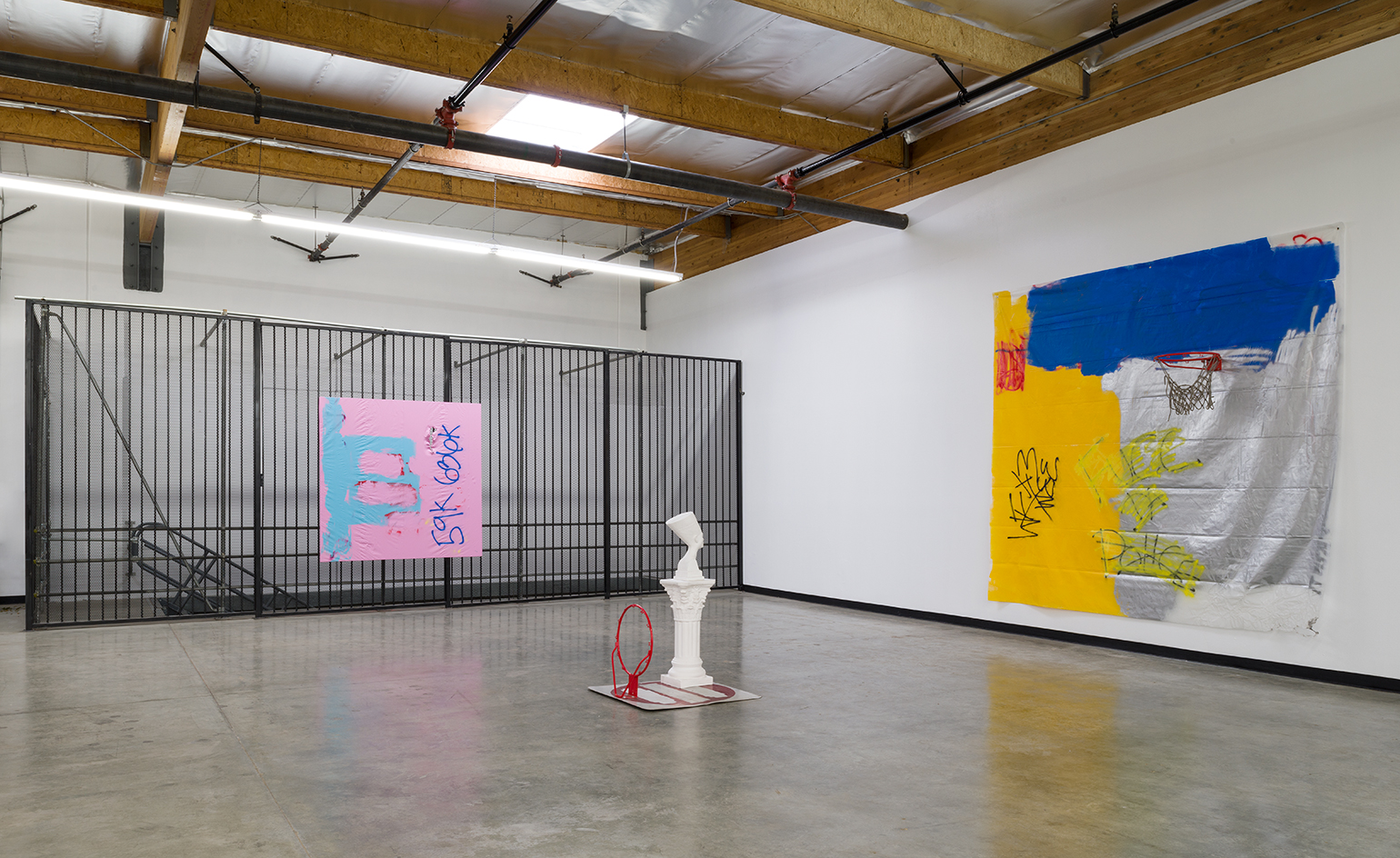
Featuring both sculptures and paintings, the works exhibited reference graffiti, gangland markings, materials that are synonymous with specific areas of the city and more
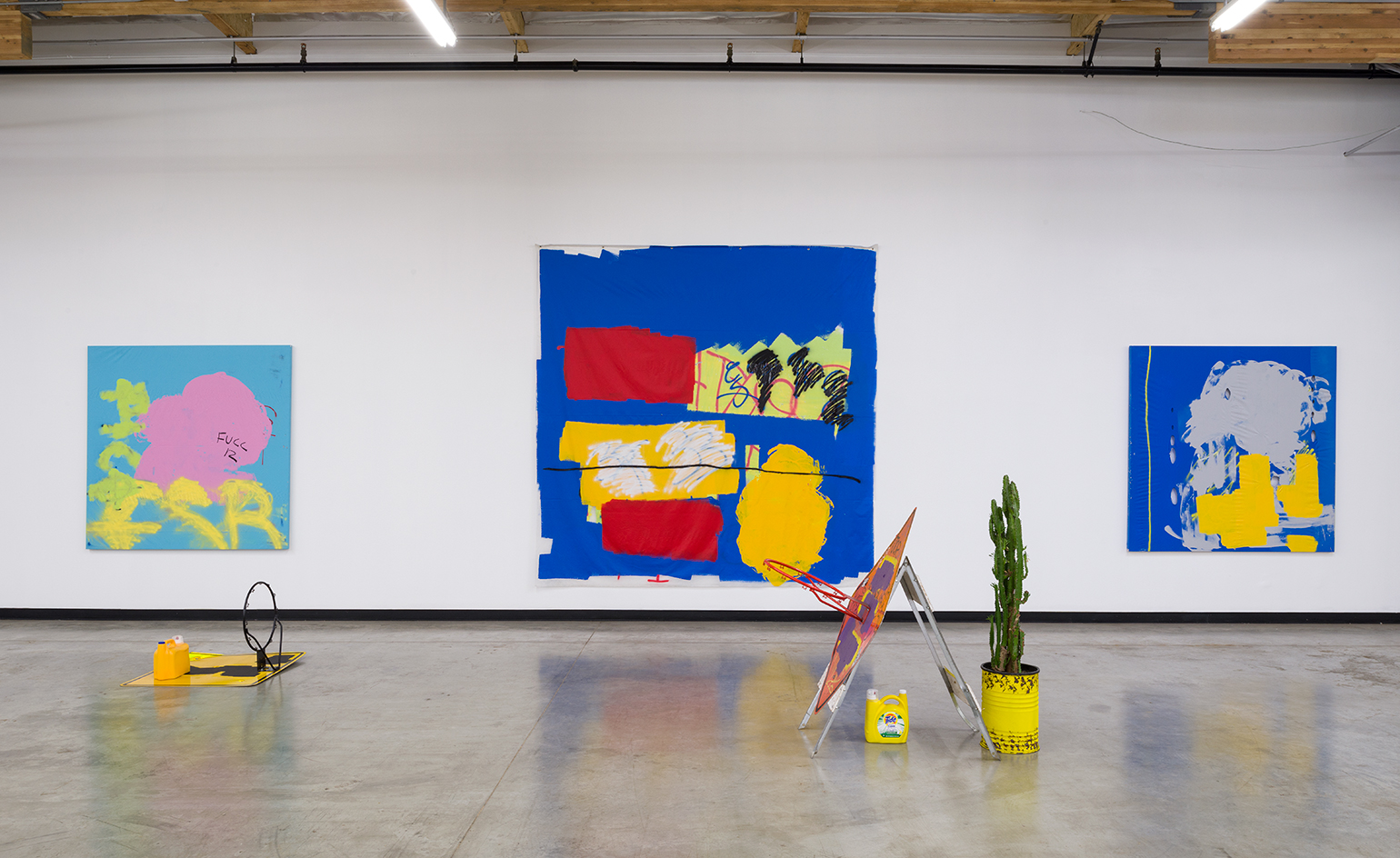
Growing up in a housing complex in the Bronx, overlooking a basketball court where gangs would gather, Erizku has long been fascinated by the markers and structures that delineate and divide up urban neighborhoods and built environments
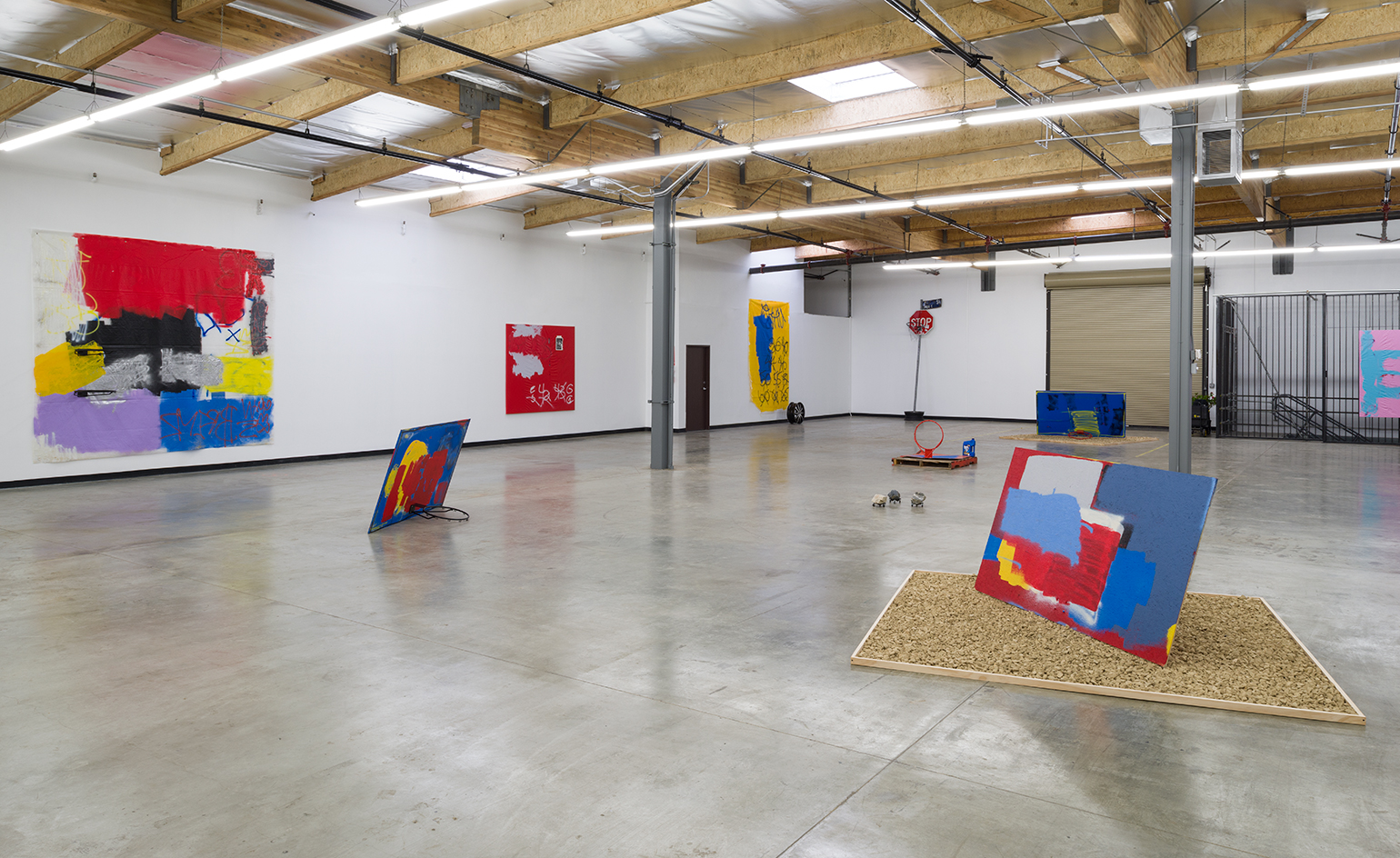
The Clinic occupies the Everest Trading Corporation – a backpack and luggage warehouse in downtown LA’s Arts District – and is run in partnership with Night Gallery
INFORMATION
’Bad II The Bone’ is on view until 13 February. For more information, visit Night Gallery’s website
Photography: Jeff McClane. Courtesy of Night Gallery
ADDRESS
Duchamp Detox Clinic
655 S Santa Fe Ave
Los Angeles, California
Wallpaper* Newsletter
Receive our daily digest of inspiration, escapism and design stories from around the world direct to your inbox.
Charlotte Jansen is a journalist and the author of two books on photography, Girl on Girl (2017) and Photography Now (2021). She is commissioning editor at Elephant magazine and has written on contemporary art and culture for The Guardian, the Financial Times, ELLE, the British Journal of Photography, Frieze and Artsy. Jansen is also presenter of Dior Talks podcast series, The Female Gaze.
-
 All-In is the Paris-based label making full-force fashion for main character dressing
All-In is the Paris-based label making full-force fashion for main character dressingPart of our monthly Uprising series, Wallpaper* meets Benjamin Barron and Bror August Vestbø of All-In, the LVMH Prize-nominated label which bases its collections on a riotous cast of characters – real and imagined
By Orla Brennan
-
 Maserati joins forces with Giorgetti for a turbo-charged relationship
Maserati joins forces with Giorgetti for a turbo-charged relationshipAnnouncing their marriage during Milan Design Week, the brands unveiled a collection, a car and a long term commitment
By Hugo Macdonald
-
 Through an innovative new training program, Poltrona Frau aims to safeguard Italian craft
Through an innovative new training program, Poltrona Frau aims to safeguard Italian craftThe heritage furniture manufacturer is training a new generation of leather artisans
By Cristina Kiran Piotti
-
 Leonard Baby's paintings reflect on his fundamentalist upbringing, a decade after he left the church
Leonard Baby's paintings reflect on his fundamentalist upbringing, a decade after he left the churchThe American artist considers depression and the suppressed queerness of his childhood in a series of intensely personal paintings, on show at Half Gallery, New York
By Orla Brennan
-
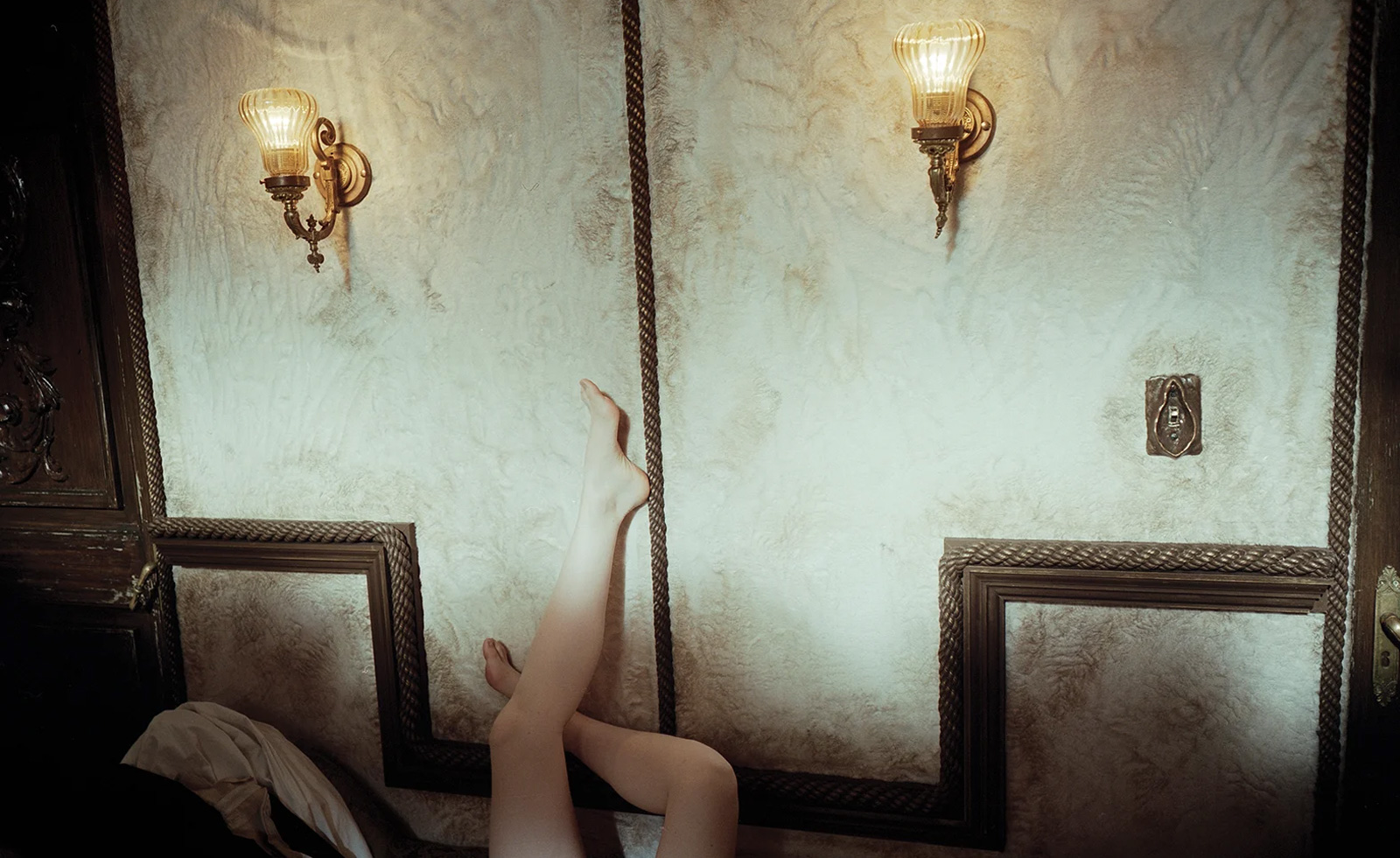 Unlike the gloriously grotesque imagery in his films, Yorgos Lanthimos’ photographs are quietly beautiful
Unlike the gloriously grotesque imagery in his films, Yorgos Lanthimos’ photographs are quietly beautifulAn exhibition at Webber Gallery in Los Angeles presents Yorgos Lanthimos’ photography
By Katie Tobin
-
 Desert X 2025 review: a new American dream grows in the Coachella Valley
Desert X 2025 review: a new American dream grows in the Coachella ValleyWill Jennings reports from the epic California art festival. Here are the highlights
By Will Jennings
-
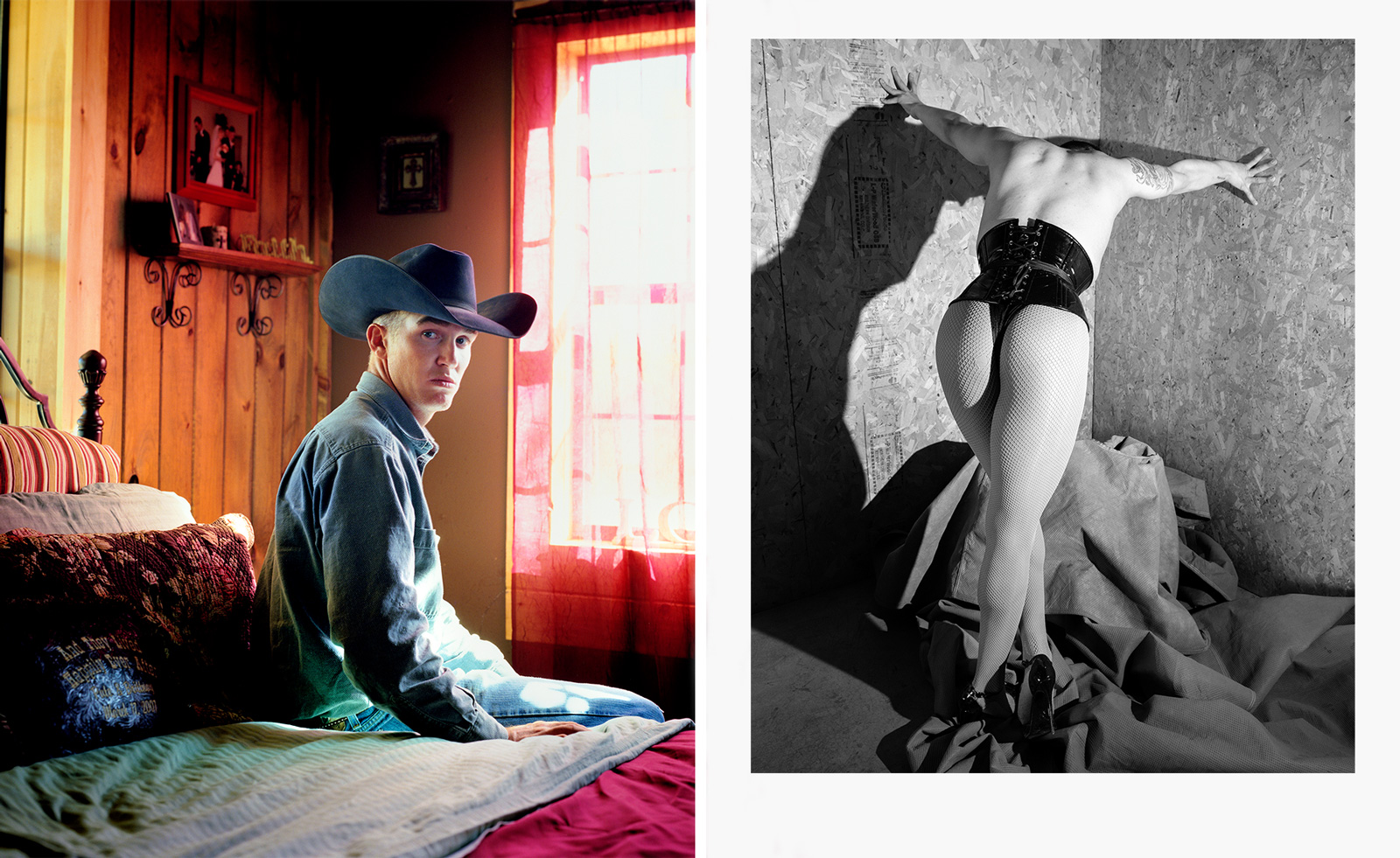 Cowboys and Queens: Jane Hilton's celebration of culture on the fringes
Cowboys and Queens: Jane Hilton's celebration of culture on the fringesPhotographer Jane Hilton captures cowboy and drag queen culture for a new exhibition and book
By Hannah Silver
-
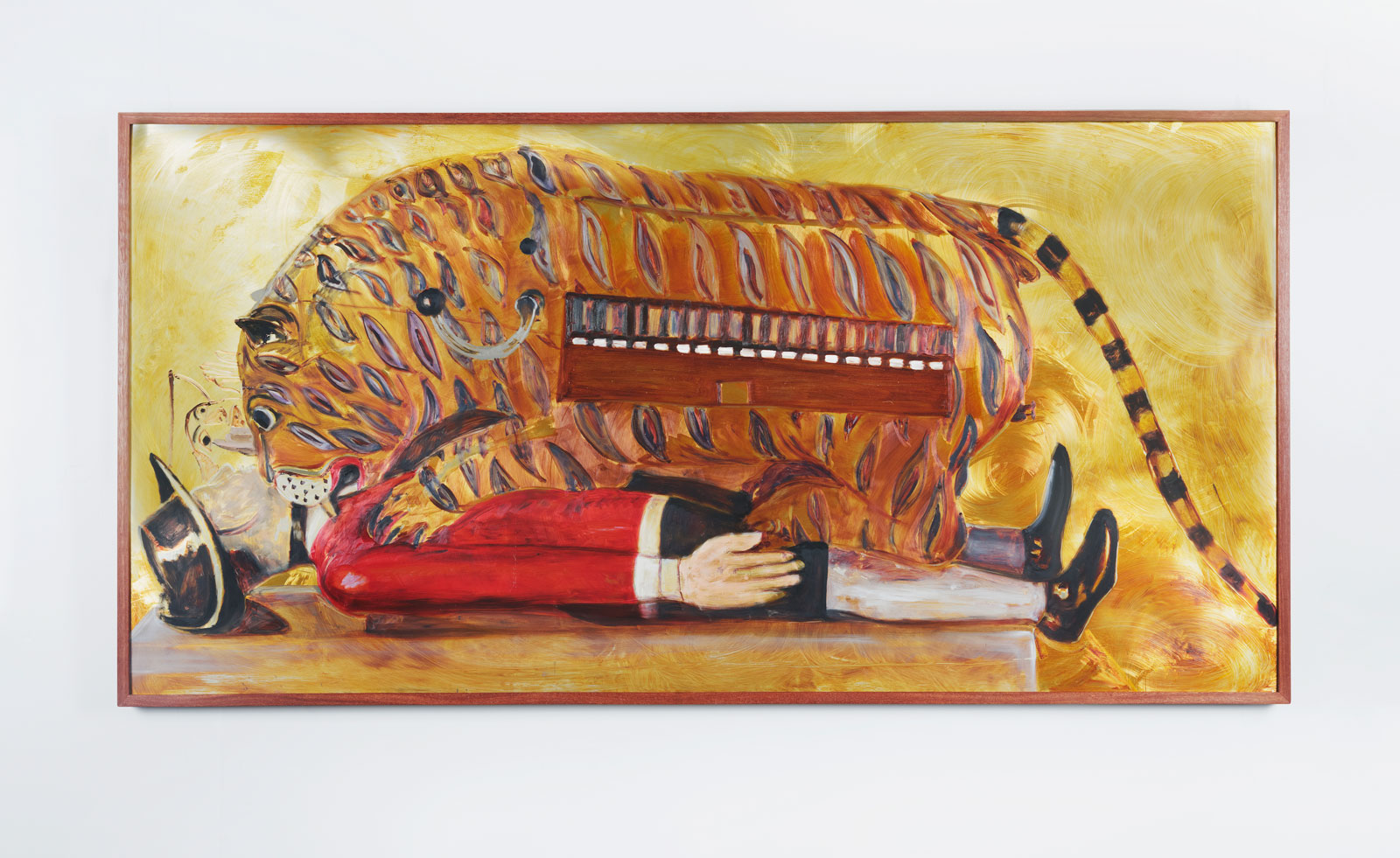 New gallery Rajiv Menon Contemporary brings contemporary South Asian and diasporic art to Los Angeles
New gallery Rajiv Menon Contemporary brings contemporary South Asian and diasporic art to Los Angeles'Exhibitionism', the inaugural showcase at Rajiv Menon Contemporary gallery in Hollywood, examines the boundaries of intimacy
By Aastha D
-
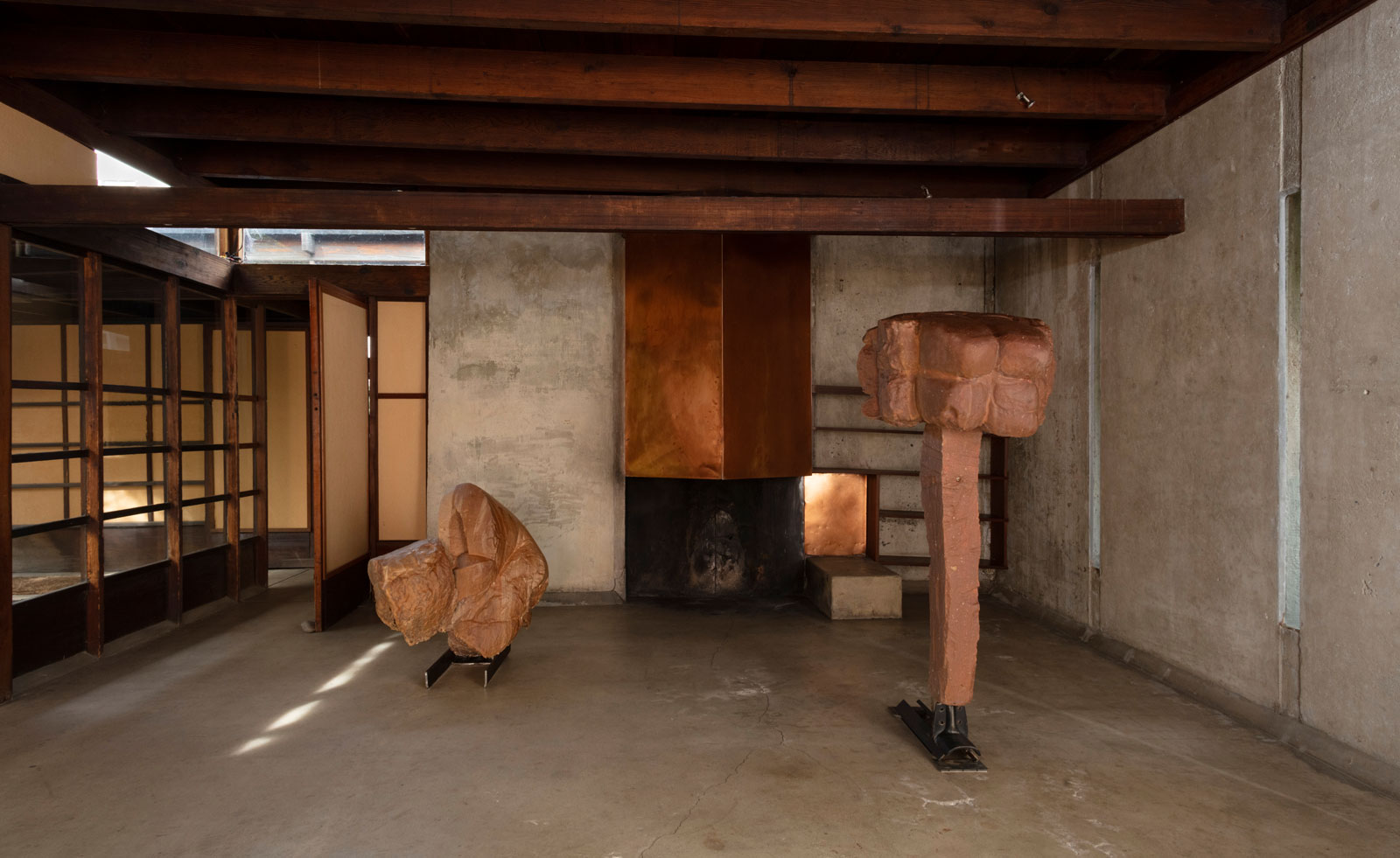 Helmut Lang showcases his provocative sculptures in a modernist Los Angeles home
Helmut Lang showcases his provocative sculptures in a modernist Los Angeles home‘Helmut Lang: What remains behind’ sees the artist and former fashion designer open a new show of works at MAK Center for Art and Architecture at the Schindler House
By Francesca Perry
-
 In ‘The Last Showgirl’, nostalgia is a drug like any other
In ‘The Last Showgirl’, nostalgia is a drug like any otherGia Coppola takes us to Las Vegas after the party has ended in new film starring Pamela Anderson, The Last Showgirl
By Billie Walker
-
 ‘American Photography’: centuries-spanning show reveals timely truths
‘American Photography’: centuries-spanning show reveals timely truthsAt the Rijksmuseum in Amsterdam, Europe’s first major survey of American photography reveals the contradictions and complexities that have long defined this world superpower
By Daisy Woodward